Hello again,
Energy, like “Money”, has become the currency of the modern age as Pink Floyd song from 1973 taught us some 40 years ago. I am proud to share in this opinion editorial that we here in Canada, liberals, conservatives and independents alike, learned those lessons long ago.
As a country and individuals, Canadians in the 21st century are benefiting with good jobs, good health care subsidized by energy money, and enjoy a balanced national budget from energy revenue.
Friends to the South in Turmoil:
 Many of my friends in the United States, over the same 40 years, tell me they have a national government that has failed to help their citizens using their bountiful natural energy resources like we have here in Canada. Most are frustrated by the Obama administration promise of “All of the Above” energy but failed to deliver.
Many of my friends in the United States, over the same 40 years, tell me they have a national government that has failed to help their citizens using their bountiful natural energy resources like we have here in Canada. Most are frustrated by the Obama administration promise of “All of the Above” energy but failed to deliver.
Most of my US friends are Democrats who say that they are aware that over 85% of USA energy is being held hostage. This includes solar as we reported here yesterday. But politicians in Washington say they do not have the money to pay for badly needed social programs in 2013.
Who is holding them hostage? In my opinion, it is radical environmentalists and misguided politicians who themselves have allowed their own offices to be blackmailed in fear of not being re-elected. Here in Canada we have a simple remedy; a no confidence vote removes gutless politicians.
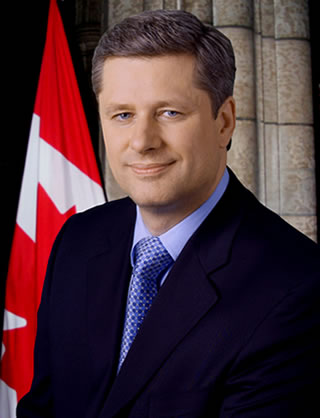 Energy, and the money derived from it, is the force that moves a nation forward economically. Canada, even under Prime Minister Harper who I do not agree with, is fortunate in that we have a wealth of energy in a variety of forms.
Energy, and the money derived from it, is the force that moves a nation forward economically. Canada, even under Prime Minister Harper who I do not agree with, is fortunate in that we have a wealth of energy in a variety of forms.
While nuclear energy, coal and wind-power, not to mention bio-fuels and solar, have a part to play, oil remains the single most important primary source of energy that the world looks for to satisfy its energy needs for the next 150 years or longer.
Where supply was once taken for granted, we in Canada can now see that the US Democrats were not truthful claiming that the end of easily accessible cheap oil, and the limitations and challenges imposed by more complex production and environmental concerns was overblown.
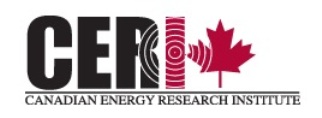 Again, we in Canada know that was not the truth as the Alberta Oils Sands fields have proven as reported by the Canadian Energy Research Institute.
Again, we in Canada know that was not the truth as the Alberta Oils Sands fields have proven as reported by the Canadian Energy Research Institute.
The same is true in the US which is set to become the worlds energy leader by 2020, with Canada to become number 2 according to Barack Obama’s Energy Information Administration, displacing the corrupt regimes in the Middle East and South America including Saudi Arabia and Venezuela.
However, where once there were only a few key players who ran the show, now the competition for access to resources is many and fierce.
Energy Requirements in the 21st Century:
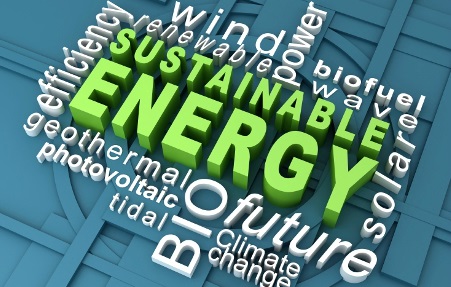 Today, developed countries are not the only ones driving demand. There are thirsty new powers, particularly energy consumption in China and energy consumption in India as well as many smaller developing countries, with steadily increasing energy demands. Canada, of course, is happy to satisfy those energy needs, and we have been doing our part to feed energy to our neighbors for decades.
Today, developed countries are not the only ones driving demand. There are thirsty new powers, particularly energy consumption in China and energy consumption in India as well as many smaller developing countries, with steadily increasing energy demands. Canada, of course, is happy to satisfy those energy needs, and we have been doing our part to feed energy to our neighbors for decades.
Of course, we are not being entirely altruistic. Income from our energy sales pays for Canadian social programs. The greatest proportion of this money goes to hospitals, pharmaceuticals (no wonder our drugs cost less) and physicians.
In Alberta, royalties have also reduced the amount of provincial taxes paid since the government of Alberta does not ask for provincial sales tax. The reduced taxes are commonly called, “The Alberta Advantage“.
Canada Oil, Gas and Coal Power:
 In 1947, after drilling 133 dry holes across Western Canada, Imperial Oil, a Canadian company, strikes oil at Leduc, Alberta, on February 13, transforming Canada into an oil-rich nation.
In 1947, after drilling 133 dry holes across Western Canada, Imperial Oil, a Canadian company, strikes oil at Leduc, Alberta, on February 13, transforming Canada into an oil-rich nation.
Sixty years later, in 2007, “Albertans made it clear that examining the province’s royalty regime was a priority to ensure they would receive their fair share from energy resource development,” said then Premier Ed Stelmach.
“Albertans, as owners of the resource, now have the opportunity to examine the details of this report as government thoroughly reviews the recommendations.”
After a demand by Albertans that the Oil and gas companies provide more royalties, the Stelmach government agreed that the maximum royalty rate on conventional oil wells be dropped to 40% of revenue from 50%, and shift to 36% from 50% for natural gas.
In other words, some say he caved to the Oil and Gas companies and ignored the desires of some Albertans. But none doubt that it provided our province with rich financial rewards and “The Alberta Advantage” of no sales taxes that all Albertans enjoy in 2013.
Still, revenue is revenue. According to the Government of Alberta, benefits to Albertans and to the rest of Canada include:
About 151,000 Albertans are directly employed in the oil and gas extraction and mining sectors in 2011 – that is one of every 14 jobs in the province.
Royalties from the oil sands were $3.7 billion in 2010-2011. This is Albertans’ share of the revenue from Alberta Oil Sands production and helps fund many public services.
Every dollar invested in the oil sands creates about $7.50 worth of economic activity, one-third of which occurs outside Alberta’s borders – in Canada, the United States and around the world.
In total, from 2000-2010, $116 billion has been invested in the oil sands industry.
According to the Canadian Energy Research Institute (CERI), Alberta can expect $350 billion in royalties and $122 billion in provincial and municipal tax revenue from the oil sands over the next 25 years. The oil sands will create $444 billion in tax revenue across Canada over the next 25 years. Over 70 per cent, or $322 billion, will go to the federal government.
Over the next 25 years, employment in the oil sands is expected to grow from 75,000 jobs in 2010 to 905,000 jobs in 2035 – with 126,000 of those being sourced in provinces outside Alberta, including our commitment to Canadian Arctic Energy Security we have developed for decades.
Canada and Alberta knows what to do compared to crazy US Democrats who hurt America by blocking development of the Arctic energy.
The crazy part is that ANWR was promised to Alaska over 50 years ago at statehood costing the USA some $200 billion a year in revenues at today’s prices, yet hypocrite Obama and Democrats bitch about $80 billion in “Sequestration” cuts when ANWR alone offers over 2 times that amount. Did I say crazy yet? Well, you and the Democrats must be crazy Mr. President to block what every other nation in the world is developing to help their people!
Again, according to the Government of Alberta, the province has the highest rate of economic growth in Canada over the last 20 years. Alberta’ good exports rose by 64 per cent from 2001 to 2011 to $93 billion, which includes over $66 billion in energy exports.
 Alberta maintains the lowest tax regime in Canada. Alberta businesses do not pay general sales taxes, capital taxes or payroll taxes and Alberta has the lowest gasoline tax among provinces. The general corporate tax rate is 10 per cent, and the small business tax rate is three per cent.
Alberta maintains the lowest tax regime in Canada. Alberta businesses do not pay general sales taxes, capital taxes or payroll taxes and Alberta has the lowest gasoline tax among provinces. The general corporate tax rate is 10 per cent, and the small business tax rate is three per cent.
The saying used to be “if the US sneezes, Canada catches a cold.” Given the high degree of integration between the two economies, this was not surprising. Now, however, the latest crisis in the US might show that the relationship has changed. It helps that Canada has been amongst the most fiscally prudent countries in the G8, such as maintaining a stable banking system and funding pensions.
 But a large measure of Canada’s prosperity is thanks to the western provinces, particularly Alberta, that have become the growth engines of the country. Activity in Saskatchewan has also increased substantially, as the province experiences a boom in oil and gas, as well as an increase in global demand and prices for grains, potash and uranium.
But a large measure of Canada’s prosperity is thanks to the western provinces, particularly Alberta, that have become the growth engines of the country. Activity in Saskatchewan has also increased substantially, as the province experiences a boom in oil and gas, as well as an increase in global demand and prices for grains, potash and uranium.
Canadians value cooperation, consensus and playing the “good guy.” Thus, the best method in which to bring Canadians together, and what has worked, over and over again, in the past, are consultations with small groups with similar concerns and interests to discuss specific issues.
 Once issues had been defined, the discussion should move to higher levels on both federal and provincial sides. Coordination of the whole process would remain in the hands of a minister who would report directly to the Prime Minister.
Once issues had been defined, the discussion should move to higher levels on both federal and provincial sides. Coordination of the whole process would remain in the hands of a minister who would report directly to the Prime Minister.
This is the big secret Canadians use to keep our energy policies moving smoothly forward. It is why we as a country do not resort to legal challenges that put an end to cooperation.
I have been singing Canada’s praises for the entire article, but, obviously, there is a great deal to sing about. Not only does Canada have a variety of resources but we are taking advantage of these benefits by selling them to the country with the greatest hunger for energy, the country that just happens to be our next door neighbor.
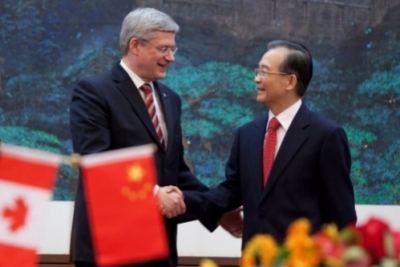 And, hey, we also have lots more energy to sell. Since America seems to have problems accessing its own resources, we are very happy to sell ours.
And, hey, we also have lots more energy to sell. Since America seems to have problems accessing its own resources, we are very happy to sell ours.
So, America, keep arguing with each other about unneeded solar environmental studies, tortoises, and disturbing so called protected desert wasteland and frozen tundra where no one ever even goes to visit. While you argue, we are getting rich and living the good life on your foolishness.
We often wonder why the Democrats and Barack Obama in the United States do not tell the truth about the benefits of oil, natural gas we have in Canada, and why Obama has blinders on over the Keystone XL and Enbridge energy pipelines that ultimately make our nations energy independent?
Oh well, feel free US Democrats and out of control environmentalists to take each other to court over minor issues and delay, delay, delay, your energy, solar, and oil development with Obama’s stupid “War on Energy“, Canadians will sell you our resources, and if you do not want them, other countries like China will.
Canadians are proud of the energy we create and how we have found ways to produce energy more efficiently and responsibly. Canadians from coast to coast understand that Canada’s energy is Canada’s opportunity – one for jobs, for a stronger economy, for improved environmental performance and for the elevation of the country as a global energy superpower.
Waterpower:
 Since the days before confederation, waterpower has helped fuel Eastern Canada’s growth. Water Mills provided lumber production as well as milling flour.
Since the days before confederation, waterpower has helped fuel Eastern Canada’s growth. Water Mills provided lumber production as well as milling flour.
In Eastern Canada, Water Mills were often used to saw lumber into boards. Later, they became a source of local energy. Waterpower facilities are distributed across the Eastern provinces and provide many local benefits.
Water level and flow management often contribute to public safety by helping to minimize flooding and erosion, while benefiting cottagers, fishers and boaters.
Ontario’s waterpower industry contributes more than $140 million a year in resource royalties to the Ontario government.
Waterpower is often the largest single source of natural resource-based revenue for the province of Ontario; contributing directly to Ontario’s health care system, public education, and other government programs and services.
Windpower:
In Canada, Ontario is the largest provider of wind power, although Alberta comes in at a close second. In both Ontario and Quebec, as climbing energy prices and environmental concerns drive governments to invest in renewable, non-polluting sources of power, wind farms are springing up.
Power companies must lease land for their wind turbines, and that can benefit rural landowners. But how much they benefit depends on their province. Landowners in Quebec are offered an average royalty of about $3,000 for each turbine they allow on their land, while landowners in Ontario earn closer to $6,500 and as much as $10,000.
Why the difference? According to CBC News, it is because most contracts between land owners and power companies are private, so the value of each contract can be quite different. According to the Canadian Wind Energy Association, there are now over 400 megawatts of wind power capacity in Ontario and over 200 megawatts of wind power capacity in Quebec.
Canada is one of the largest consumers of electricity due to the need to heat the homes for 35 million people. We are also one of the greatest energy exporters.
The country generated a whopping 585,000 gigawatt hours of electricity in 2008, which is more than enough for domestic consumption (and, incidentally, more than the total annual electricity use in India).
Hydro and Nuclear Power
More than three quarters of the generated energy in this country comes from hydro power or nuclear power, neither of which produce greenhouse gas (GHG) emissions. The U.S., on the other hand, gets close to 50 per cent of its energy from coal-fired generating stations.
Canada’s main customers are New England, New York, the Midwestern states and the Pacific Northwest. The provinces that export the most are Quebec, Ontario, Manitoba and British Columbia.
Most of the trade is north-south, between provinces and states, because the distances between power plants and markets in the U.S. are shorter than the east-west distances between those plants and other Canadian cities.
Canadian hydropower has been supplying electricity to the U.S. electric grid for over 40 years. In 2010, the U.S. imported 43 terrawatt hours of electricity from Canada, of which about 80% is from hydropower.
Though Canadian electricity imports make up just one point five percent of total U.S. annual electricity generation, hydropower imports make up about 10% of all U.S. renewable electricity consumption.
Hydroelectric power could solve America’s power requirements, and it is clean energy, says Canadian Ambassador to the United States Gary Doer.
Canada has developed its own line of nuclear power reactors, starting from research in 1944 when an engineering design team was brought together in Montreal, Quebec, to develop a heavy water moderated nuclear reactor. The National Research Experimental Reactor (NRX) began operation in 1947 at Chalk River, Ontario, where today the Chalk River Laboratories are the locus of much of Canada’s nuclear research and development.
The government established Atomic Energy of Canada Ltd (AECL) as a crown corporation in 1952 with a mandate to research and develop peaceful uses of nuclear energy. The National Research Universal (NRU) reactor was built at Chalk River in 1957. Today, NRU produces 40% of the world supply of molybdenum-99, the source of technetium-99 widely used for medical diagnosis, and cobalt-60 for cancer treatment.
AECL, in cooperation with Canadian industry, began developing the first Candu (Canada deuterium uranium) reactor in the late 1950s. Candu reactors use heavy water (deuterium oxide) as a moderator and coolant, and are fueled using natural uranium (as opposed to enriched uranium). The advantages of the Candu reactor are savings in fuel cost, because the uranium does not have to go through the enrichment process, and reduced reactor downtime from refueling and maintenance.
Today, there are 31 Candu power reactors in seven countries, as well as 13 ‘Candu derivative’ reactors in India, with more being built. Export sales of 12 Candu units have been made to South Korea (4), Romania (2), India (2), Pakistan (1), Argentina (1) and China (2), along with the engineering expertise to build and operate them. Three of the Canadian units are undergoing major refurbishment.
About 15% of Canada’s electricity comes from nuclear power, with 19 reactors mostly in Ontario providing 13.5 GWe of power capacity. Canada generated 636 billion kWh in 2011, of which about 14.3% was from nuclear generation, compared with 59% from hydro, 13% from coal and 8.4% from gas. Annual electricity use is about 14,000 kWh per person, one of the highest levels in the world.
According to a study by the Canadian Energy Research Institute, Canada’s nuclear reactors contribute C$6.6 billion per year to GDP, create C$1.5 billion in government revenue and generate some $1.2 billion in exports. The nuclear power industry employs 21,000 directly, 10,000 indirectly as contractors and is responsible for another 40,000 jobs indirectly.
Canada is the largest producer of uranium in the world. Canada’s uranium is sold strictly for electrical power generation only, and international safeguards are in place to ensure this. Nuclear equipment and services are also for peaceful uses only.
The CNSC assists the International Atomic Energy Agency (IAEA) by allowing access to Canadian nuclear facilities and arranging for the installation of safeguards equipment at the sites. It reports regularly to the IAEA on nuclear materials held in Canada. The CNSC also manages a program for research and development in support of IAEA safeguards, the Canadian Safeguards Support Programme.
 Thanks to Kenn for final staging of images and video embedding in this news article and thanks to you for stopping by WormholeRiders News Agency Primarily Pure Politics web site!
Thanks to Kenn for final staging of images and video embedding in this news article and thanks to you for stopping by WormholeRiders News Agency Primarily Pure Politics web site!
Please feel free to leave a comment here, click an icon below to share this interview with your friends, or you can visit and follow me on Twitter by clicking on my avatar to the right.
Regards,
Thank you.
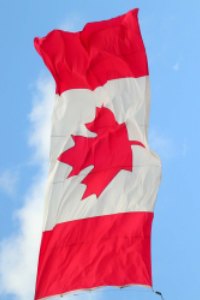
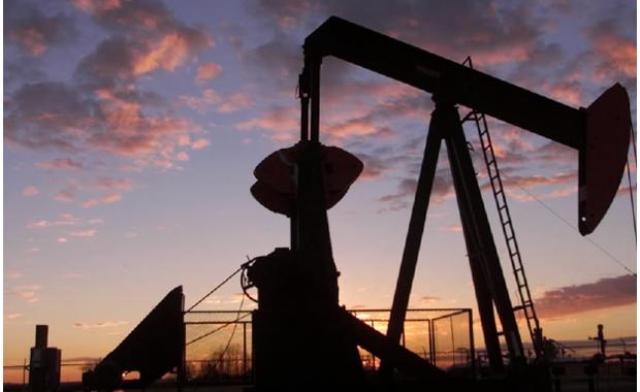
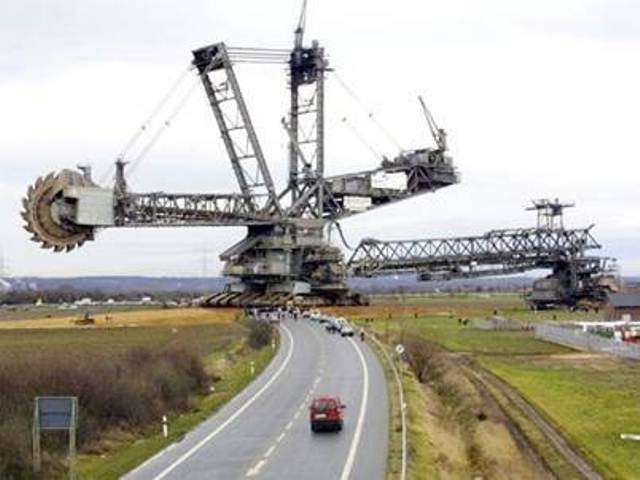
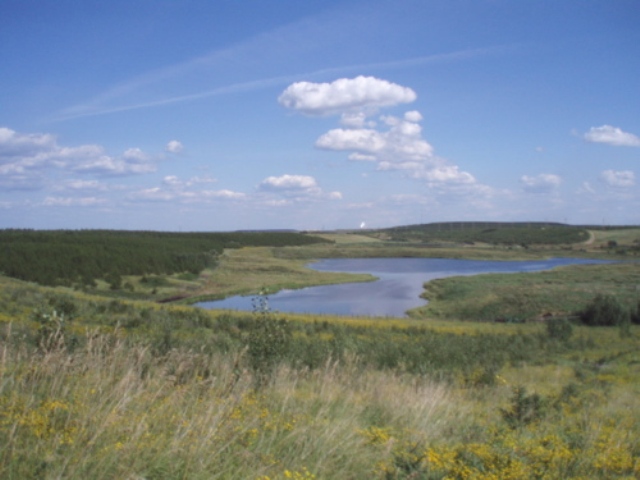
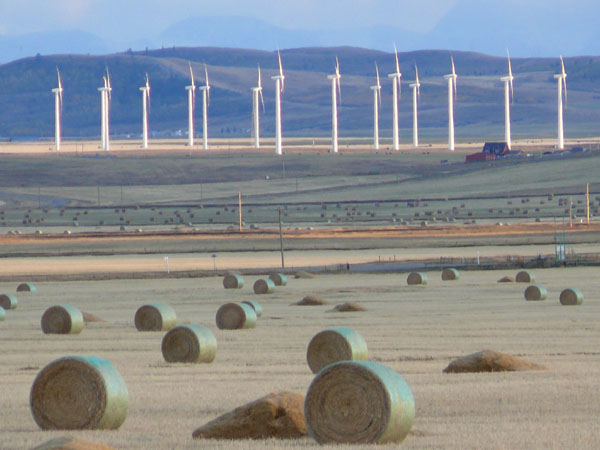
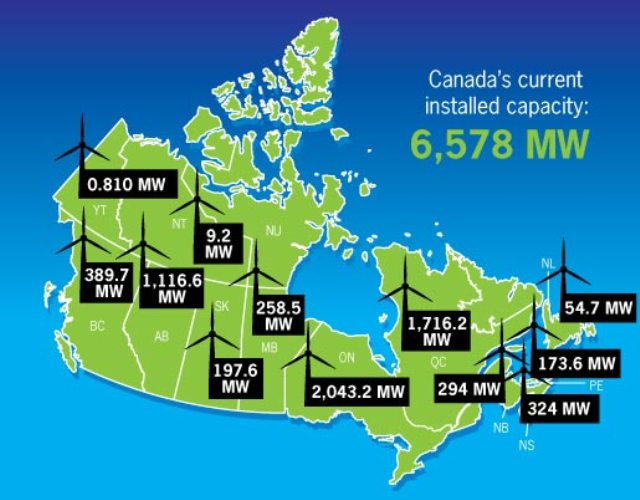
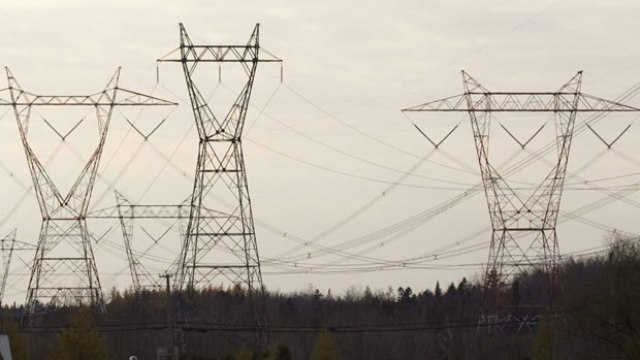
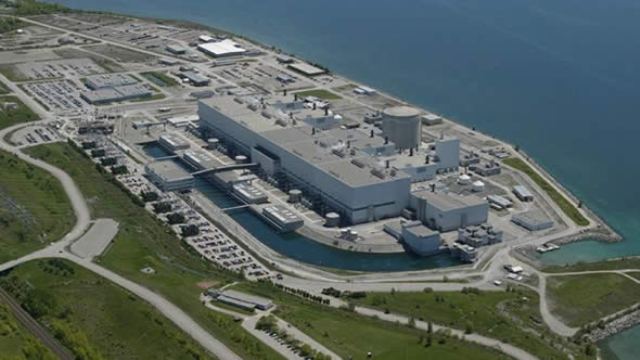
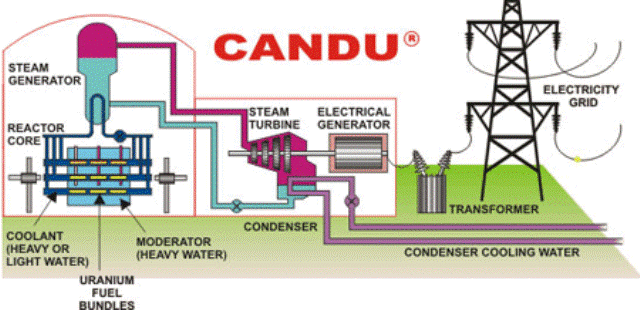
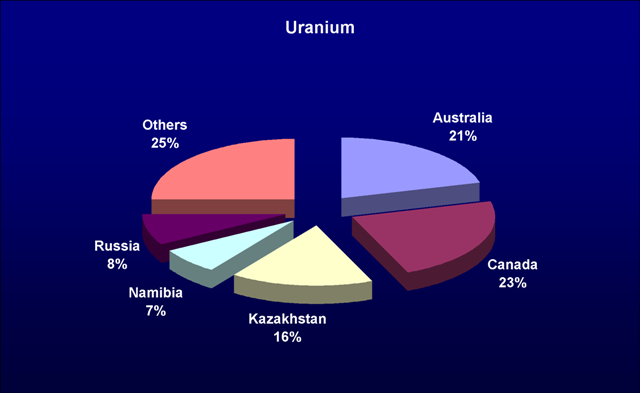
Hi Patricia,
Sorry I forgot to leave a comment yesterday evening on your informative article. I was on the way to a dinner meeting and conference call and forgot.
Your article tells it like it is and I know that Canadians also know how your politicians have worked hard for four decades to make your country a net energy exporter with rich rewards.
The problem here in the USA is that although the House of Representatives has passed legislation for over 20 years to open ANWR and Offshore energy fields, the Democrats in the US Senate have blocked it every time while your country has proven that energy is the key to a strong economy.
Because the Democrats have been blackmailed by the Enviro fascists who lie to the citizens while they travel in private jets, have gas guzzling SUV’s using money they tricked the citizens into donating, they think they have gotten away with it.
Not true. America is waking up to the fact that enough energy revenue exists in ANWR, Offshore and on Federal lands to balance every budget in the country (state, local and federal.
Thanks again for sharing how well Canada is doing with its “All of the Above” energy policy.
Best Regards,
Kenn Weeks of WHR
After reading this and now knowing I have been lied to by my party, I have changed my party to GOP and will never vote for Barbara Boxer, Diane Feinstein or Zoe Lofgren ever again.
These representatives have never told us that Canada already has a arctic oil plan and when I looked it up, it is right next to my country. I want all our US energy now including California so my grandson will have a good paying job!
FormerDem
Hello FormerDem,
We have been lied to in our country, the United States for 40 years by the Democrats and Fascist Sierra Club, NDRC, Earth First and most of the fake environmentalists who abused what the EPA was set up to do ever since the original Arab Oil Embargo of 1973. We will have more on their fascist tactics in the future.
Meanwhile, on the other hand in North America, Canadian politicians (liberal, conservative and independent) learned how to work together and harvest their energy to help their citizens get good healthcare and jobs while many of our Democrats have blocked 85% of our energy and the means to not have Sequestration and balance the US budget.
I am happy to hear that you are changing your party to be a Republican. The GOP supports an “All of the Above” energy policies so that your grandson and everyone in the United States will be energy independent like Canada, have good paying jobs and the energy to manufacture competitively against slavsih China leveraging Offshore, ANWR, Shale and Natural Gas made in the USA!
Best Regards,
Kenn Weeks of WHR